COVID19
India has entered danger zone, significant drop in facemask usage: Government
The government has warned that India has “entered the danger zone” with facemask usage in the country dropping to levels below the pre-second wave. It said 25 cases of omicron have been detected so far in the country.
Nine cases, according to available data on clinical symptoms, have been symptomatic and 14 asymptomatic. The government highlighted that the nine of these persons “did not have foreign travel history”. Data shows that 14 persons detected with omicron in India were “fully vaccinated”. This indicates breakthrough infections caused by the new variant – Covishield (8); Pfizer (5); and Sinovac (1).
Dr VK Paul, head of India’s COVID-19 task force, said the efficacy of the vaccines against the new omicron variant is still being examined. He emphasized that mask usage is a universal and social vaccine which is effective against any variant.
Dr Paul drew attention to a reality check, on an assessment of the mask usage presently going on in India. “This comes from the Institute for Health Metrics and Evaluation which does these estimates for several countries,” he said. “Just before the second surge, mask usage was at a low level. When the cases started to rise dramatically in May, we all responded and everyone started to wear masks out of fear.”
The COVID taskforce head highlighted that in August, there was a decline. “And in December, we have again gone back to the same position. According to this estimate, it has in fact declined even further compared to March levels. In a way, we have entered the danger zone. Technically speaking, from a protection capability point of view, we are now operating at a low level. This is an unacceptable level. It is a risky level.” Dr Paul said the government is again warning that time has still not come to discard mask usage. “Both vaccines and masks are a must.”
Also Read: Slow industrial ouput growth in October, capital goods segment contracts
Moreover, various studies show that the preponderance of evidence indicates that mask wearing reduces transmissibility per contact by reducing transmission of infected respiratory particles in both laboratory and clinical contexts. Public mask wearing is most effective at reducing spread of the virus when compliance is high. Masks have been recommended as a potential tool to tackle the coronavirus since the initial outbreak in China. The WHO also recommends social measures such as wearing well-fitted masks, hand hygiene, physical distancing, improving ventilation of indoor spaces, avoiding crowded spaces and getting vaccinated.


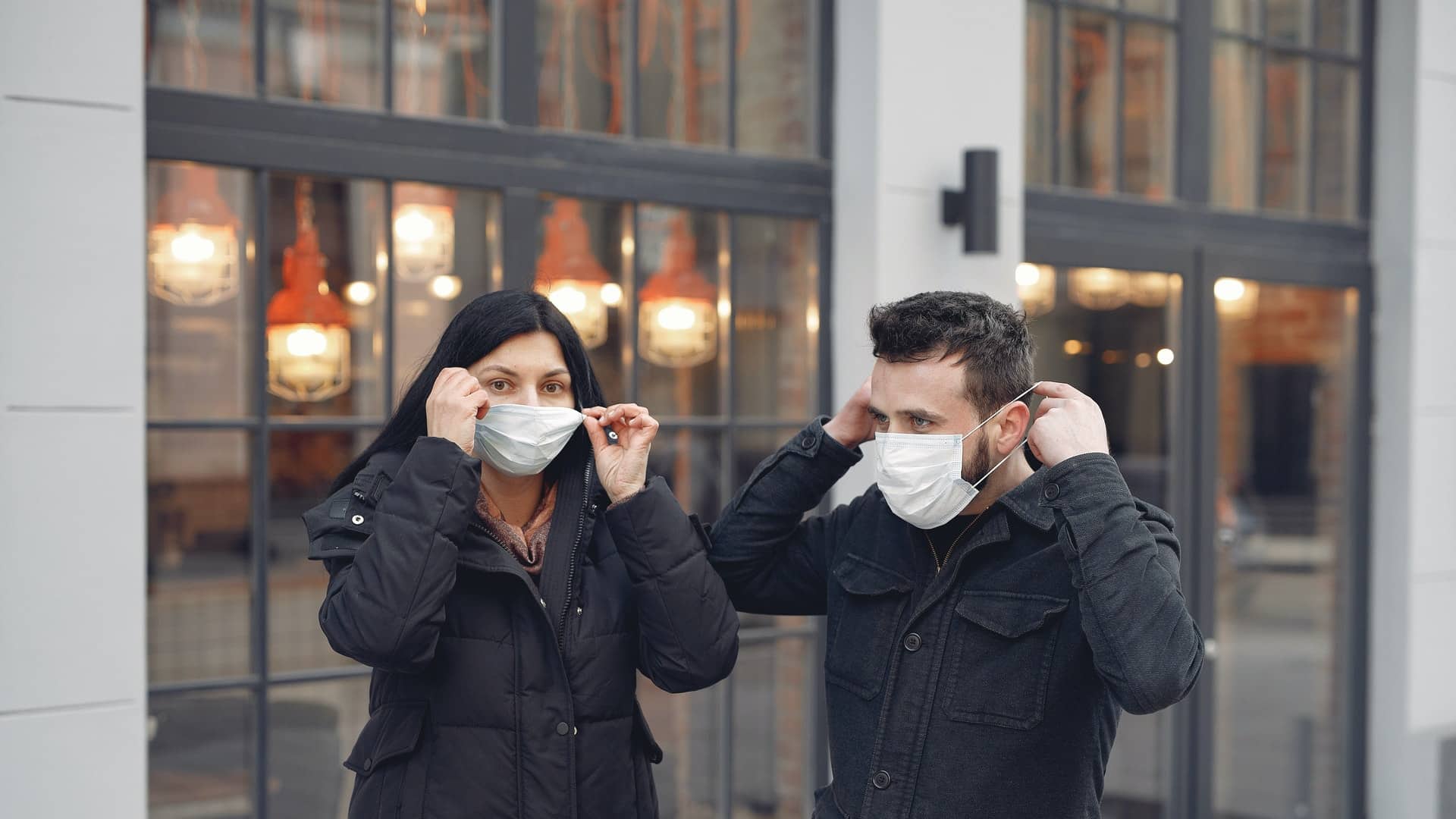



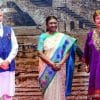
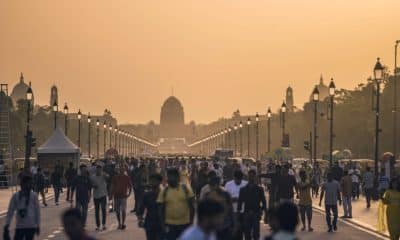
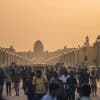

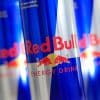














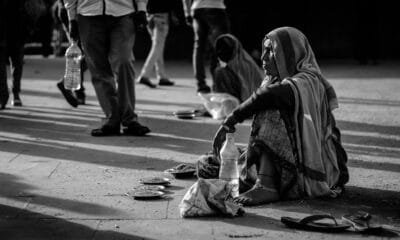

















Pingback: Workers have actively been resigning as part of the a “great resignation”.